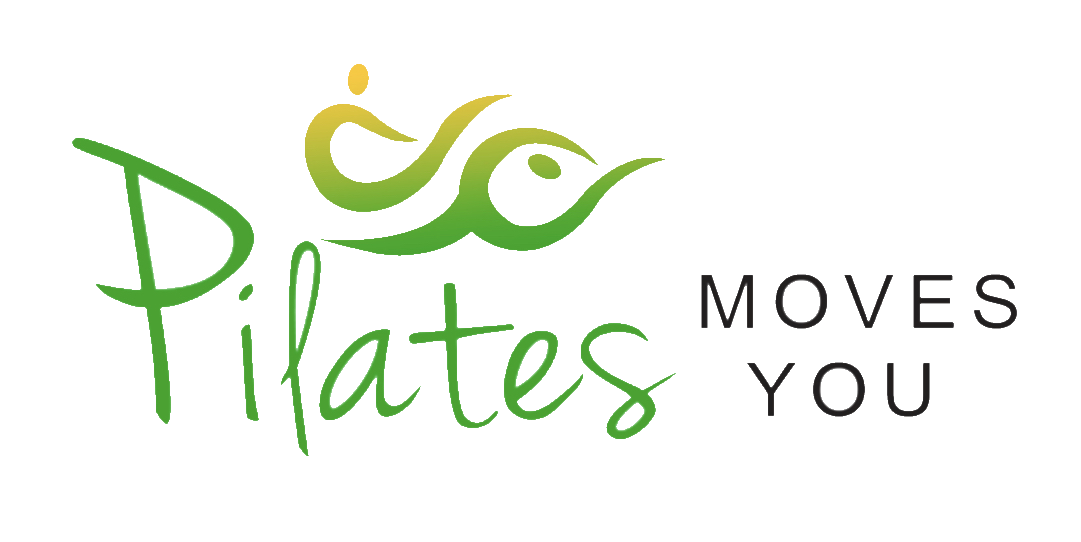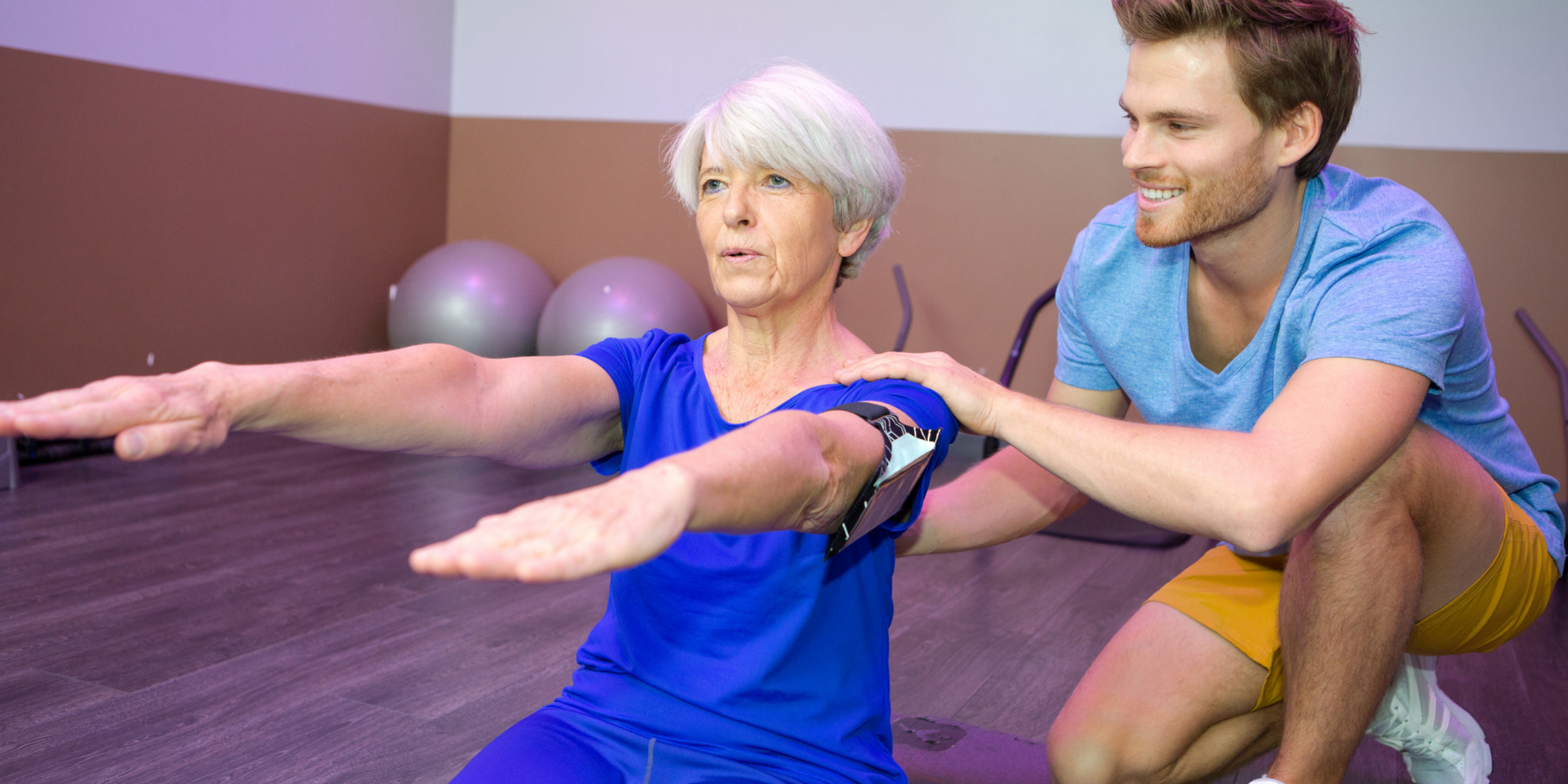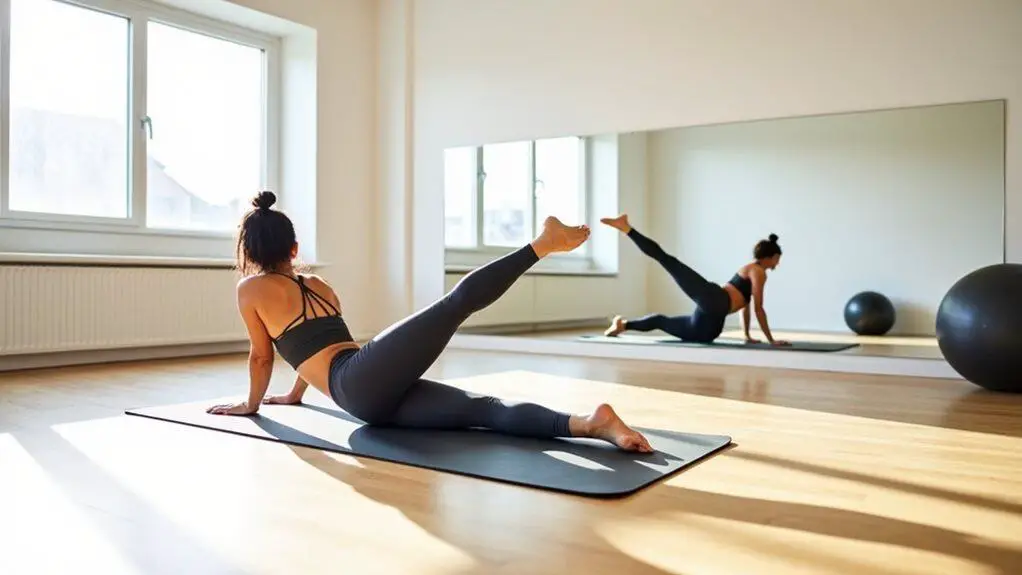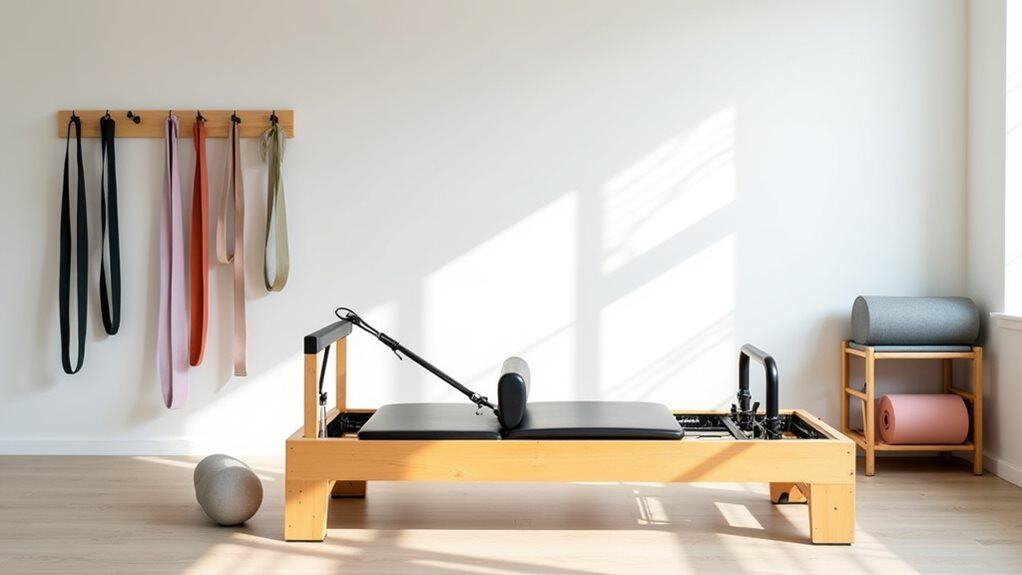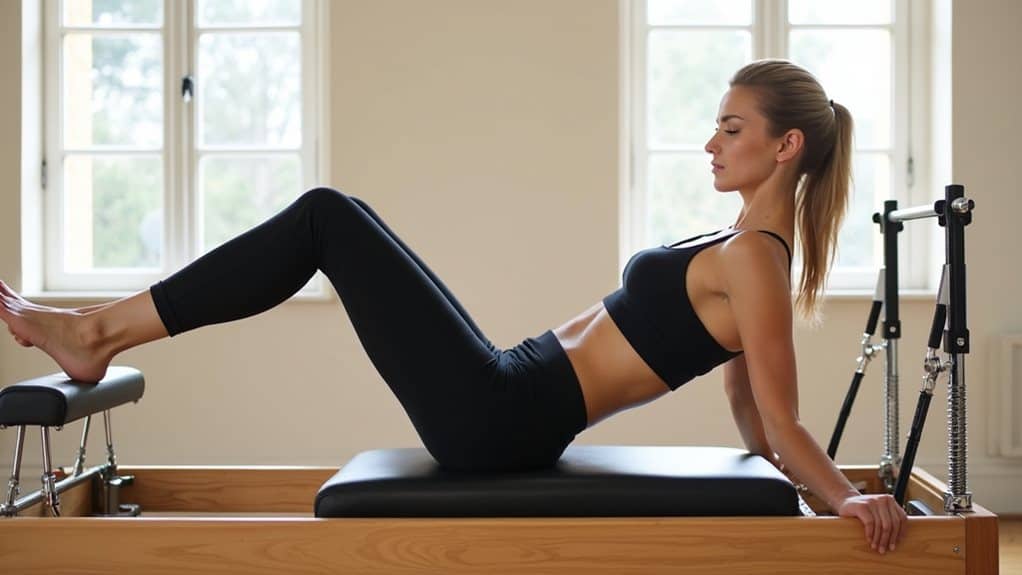As the golden years unfold, the aches and discomforts of aging often make unwelcome appearances, challenging the joy and vigor of life. Among these, arthritis is a common culprit, casting shadows of pain and restricting daily activities. While many seek refuge in medications and therapies, an ancient form of exercise, gentle movements, and focus on core strength emerges as a hope for many seniors.
Pilates can help seniors with arthritis by enhancing joint flexibility, building muscle strength, and promoting better posture. Regular practice may reduce pain, improve mobility, and offer a non-invasive approach to managing arthritis symptoms.
Dive into the world of Pilates and its potential to offer relief to those battling the relentless grip of arthritis.
Understanding Arthritis in Seniors
Arthritis, at its core, refers to joint inflammation and encompasses over 100 types, most commonly being osteoarthritis and rheumatoid arthritis. For seniors, osteoarthritis is particularly prevalent. As the body ages, wear and tear on the joints increases, leading to the cartilage — the smooth, cushioning surface between joints — breaking down. This results in pain, swelling, and decreased joint mobility, often impairing daily activities and impacting the quality of life.
In the senior demographic, arthritis is not just a result of the natural aging process. Factors such as previous joint injuries, genetics, weight, and even certain metabolic disorders can affect its development. The complex interplay of these factors means that while some individuals might experience mild discomfort, others can face debilitating pain.
Managing arthritis in the elderly requires a multi-pronged approach. Beyond medication and surgical interventions, lifestyle changes, including exercise regimes tailored to seniors, can play a pivotal role in alleviating symptoms. Within this context, Pilates emerges as a potential tool, offering a gentle yet effective way to build strength, flexibility, and balance, thus combating the constraints of arthritis.
The Basics of Pilates: A Brief Overview
Pilates, a physical fitness system developed in the early 20th century by Joseph Pilates, emphasizes the balanced development of the body through core strength, flexibility, and awareness to support efficient, graceful movement. Distinct from many other exercise forms, Pilates focuses not just on repetition and strength but on precision, control, and fluidity. The practice incorporates mat exercises and specialized equipment-based workouts, with each movement aiming to align the spine and strengthen the core, often termed the “powerhouse” in Pilates jargon.
A key tenet of Pilates is the principle of mind-body connection. Practitioners are encouraged to be deeply attuned to their body’s movements, breathing, and alignment during each exercise. This mindfulness elevates the workout’s effectiveness and translates to improved posture and movement in daily life.
For seniors, especially those with arthritis, Pilates offers a unique advantage. The low-impact nature of its exercises makes it suitable for those with joint concerns, and its emphasis on core strength and alignment can lead to improved joint health and pain reduction. Furthermore, its adaptability means that exercises can be modified to cater to individual needs, ensuring everyone can benefit regardless of age or fitness level.
How Pilates Targets Joint Mobility
Joint mobility, vital for everyday function, often diminishes with age and conditions like arthritis. Pilates directly addresses this by emphasizing exercises, stretching, and strengthening the muscles surrounding the joints.
These movements enhance joint support and boost circulation, distributing synovial fluid more evenly to combat stiffness. By fostering balanced muscular development, Pilates ensures smoother, more efficient joint movements, which can greatly benefit seniors facing arthritis-induced mobility issues.
Key Insights on Pilates and Joint Mobility:
- Prioritizes stretching and strengthening of joint-supporting muscles.
- Boosts circulation, aiding in nutrient delivery and waste removal from joints.
- Distributes synovial fluid more evenly, decreasing joint stiffness.
- It focuses on balanced muscular development, preventing dominant muscle overcompensation.
- Offers smoother, efficient joint movements by reducing muscle imbalances.
- The low-impact nature of Pilates is especially suitable for those with joint concerns.
Strengthening Muscles and Core with Pilates
Pilates is renowned for emphasizing building a strong core, but its benefits extend far beyond the abdominal muscles. The core is like a powerhouse in the body. It is in the center and controls all movements.
It includes the abdominals, back muscles, pelvis, and hip muscles. By fostering strength in this central hub, Pilates ensures a stable base for all bodily movements, resulting in better overall functionality and reduced risk of injuries.
Whether performed on a mat or specialized equipment, the exercises in Pilates engage multiple muscle groups simultaneously. For instance, a single movement might challenge the practitioner to maintain a strong core while mobilizing the limbs.
This approach ensures that muscles work together, promoting uniform strength and preventing muscular imbalances. For seniors, this balanced strength is vital as it aids in maintaining upright posture, enhances stability, and ensures safer, more controlled movements in daily activities.
Furthermore, emphasizing slow, controlled, and precise movements helps Pilates develop lean muscle mass without adding undue bulk.
This is particularly beneficial for seniors with arthritis, as stronger muscles provide better support to the joints, potentially alleviating some of the stress and pain associated with the condition. Moreover, seniors can expect improved balance with a strengthened core, reducing the risk of falls and subsequent joint injuries.
The Role of Posture in Arthritis Management
Posture, often an overlooked aspect of health, plays a critical role in arthritis management. Good posture ensures the body’s weight is evenly distributed, reducing undue stress on joints and muscles. Conversely, poor posture can exacerbate joint discomfort, especially in areas like the spine, knees, and hips, leading to increased pain and further degeneration of joint structures in arthritic individuals.
When the body is aligned correctly, there’s a harmonious balance between muscles, making movement more efficient and less taxing on the joints. For instance, a slouched spine can put additional pressure on the lower back and hips, areas often affected by osteoarthritis in seniors. Over time, this misalignment can lead to increased wear and tear on these already compromised joints, escalating pain and further limiting mobility.
Enter Pilates. With its deep emphasis on alignment and the mind-body connection, Pilates exercises actively teach practitioners to be aware of their posture during workouts and daily life. By strengthening the core and other key muscle groups, Pilates provides the necessary support to maintain an upright, aligned posture. This can not only alleviate current arthritic pain but can also play a preventive role, potentially warding off further joint deterioration. The benefits are twofold for seniors: an improved silhouette radiating confidence and a body that moves with greater ease and less discomfort.
Precautions and Adjustments for Arthritic Individuals
For those with arthritis, diving into Pilates or any exercise regime should be approached with caution and mindfulness. While Pilates offers a low-impact solution, it’s essential to remember that not every exercise will suit everyone’s unique condition or pain threshold. Arthritic individuals should consult with their healthcare professionals before starting, ensuring that the exercises chosen are beneficial and not detrimental to their joint health.
Moreover, communicating openly with a Pilates instructor about one’s limitations and pain points will allow for necessary modifications, ensuring a safer and more effective workout experience.
Key Points to Remember:
- Consult with a healthcare professional before starting Pilates.
- Always prioritize quality over quantity; precision in movements is vital.
- Inform your Pilates instructor about your arthritis and any specific pain points.
- Listen to your body. If a movement causes pain, stop immediately and seek modifications.
- Regularly assess and adjust. What might work today could require change as your condition evolves.
- Opt for props like cushions or straps when necessary to support your joints during exercises.
Sources:
https://www.verywellhealth.com/pilates-and-osteoarthritis-2552158
https://www.pilatesanytime.com/blog/seniors/can-i-benefit-from-doing-pilates-for-arthritis
https://www.cnn.com/2023/02/10/health/exercises-for-arthritis-pain-relief-wellness/index.html
